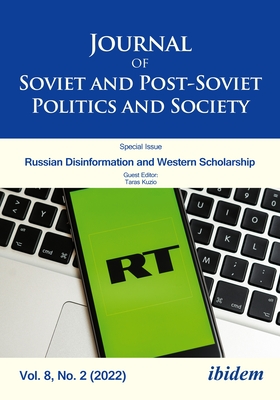
Andrei Znamenski, a native of Russia, has studied history and anthropology both in Russia and the United States. Formerly a resident scholar at the Library of Congress, then a foreign visiting professor at Hokkaido University, Japan, he has taught various history courses at Russian and American universities. Among them are World Civilizations, Russian history, and the History of Religions.
Znamenskis major fields of interests are Shamanism, Western Occult and Esotericism, Russian history, and indigenous religions of Siberia and North America. Znamenski lived and traveled extensively in Alaska, Siberia, and Japan. His field and archival research among Athabaskan Indians in Alaska and native people of the Altai (Southern Siberia) resulted in the book Shamanism and Christianity (1999) and Through Orthodox Eyes (2003).
After this, Znamenski became interested in the cultural history of shamanism. Endeavoring to answer why shamanism became so popular with Western spiritual seekers since the 1960s, he wrote The Beauty of the Primitive: Shamanism and Western Imagination (Oxford University Press, 2007) and edited the three-volume anthology Shamanism: Critical Concepts (2004). Simultaneously, he continued to explore shamanism of Siberian indigenous people, traveling to the Altai and surrounding areas, which led to the publication of Shamanism in Siberia (2003). Between 2003 and 2004, he resided in Japan, where along with his Japanese colleague, Professor Koichi Inoue, Znamenski worked with itako, blind female healers and mediums from the Amori prefecture.
During the past several years, he has been researching prophetic legends of nomadic people of Inner Asia (Shambhala, Geser, Oirot, Amursana) and how these legends inspired indigenous and European spiritual seekers. The result of this research is his most recent book Red Shambhala: Magic, Prophecy, and Geopolitics in the Heart of Asia (Quest Press, forthcoming June 2011). With all of the action and suspense of a bestselling mystery novel, it takes you on a thrilling journey into the underground occult agenda of the 1920s Soviet Secret Police. It details the zealous Bolshevik commissar Gleb Bokiis and renowned occult writer and Rosicrucian Alexander Barchenkos attempts to fulfill a mysterious Tibetan prophecy which tells of a coming fifth and last Buddha known as Lord Maitreya, a mystical Christ-like world leader. Their goal was to reach out to Tibetan Buddhist wisdom to conjure a divine era of Communism.
Red Shambhala shows how that romantic dream quickly caught the attention of die-hard revolutionaries, staunch nationalists and theosophical occultists, forging a most unlikely 20th century enterprise. Bolshevik secret police, Tibetan lamas, the famed occult couple Nicholas and Helena Roerich, and the right-wing fanatic baron Roman von Ungern-Sternberg known as "Bloody White" embarked in unison on dangerous expeditions through Mongolia, Tibet and farther to the Himalayas. Supernatural urgency solidified the pursuit of their common goal: to discover the Maitreya Buddha and his mythological land known as Shambhala, a land of pure mystical bliss where inhabitants enjoyed god-like capabilities. For all of these impassioned crusaders victory meant bringing the dawn of perfect man and obtaining the keys to a benevolent all-powerful ideal society that would serve as the beacon for the humankind.
"




